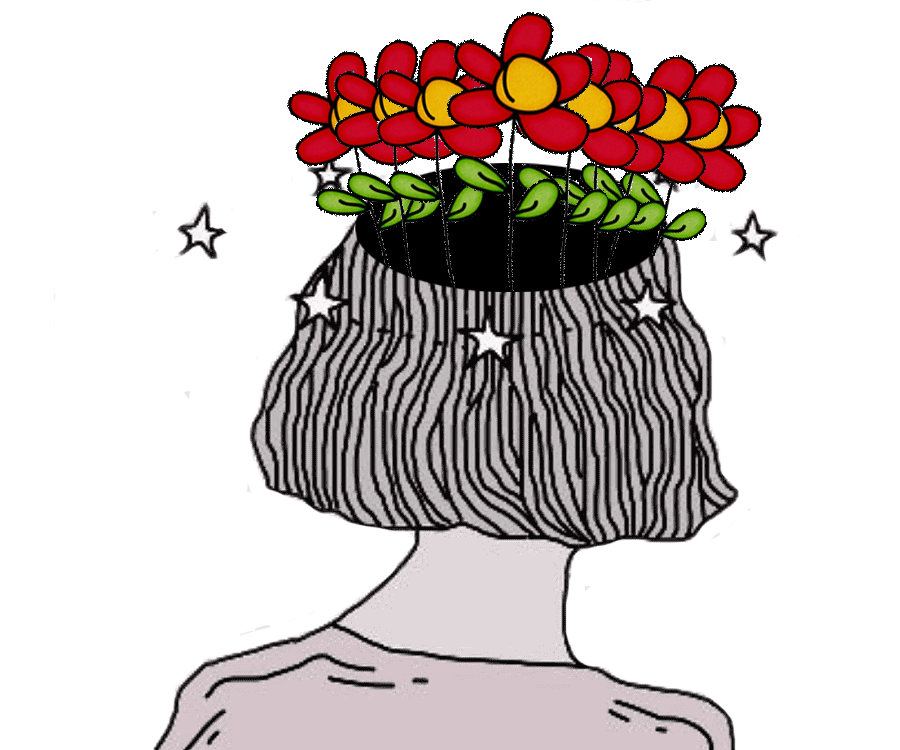Montreal-based clinical psychologist reprograms memories
A Montreal-based clinical psychologist expanded his treatment from PTSD patients to those who have experienced terrible betrayals in romantic relationships. The innovative treatment can reprogram traumatic memories with the help of a beta blocker drug and therapy.
In 2008, Dr. Alain Brunet created a treatment called the “reconsolidation therapy,” or the “Brunet Method,” which treats patients with PTSD or victims of crime or terror attacks, such as the one in Paris in 2016.
In short, reconsolidation therapy involves therapy sessions in conjunction with a blood pressure drug that alleviates the negative surge of emotions when remembering a traumatic memory.
Brunet was a student at the University of Montreal in 1989, when the Polytechnique shooting occurred. What he interpreted as a lack of care for those affected with psychotraumatic disorders after the attack inspired him to find a cure for people suffering from PTSD.
In 2015, Brunet turned to treating romantic heartbreaks and betrayals, with one of his former graduate students, Michelle Lonergan. Lonergan worked on the project as her PhD at McGill University. She said this method is “based on this idea that the trauma memory was really at the root of the disorder.”
For six weeks, participants in the study took propranolol––a drug normally used for treating high blood pressure––one hour before a weekly therapy session, where they read their personal handwritten account of the traumatic event. They would re-read the account every session and speak about the event itself with Brunet. Lonergan said at the end of the study, two-thirds of the participants experienced an overall reduction “in the severity of people’s symptoms and reactions.”
While the method may be reminiscent of Eternal Sunshine of the Spotless Mind for some––a movie where a couple erases the memory of their terrible relationship together. Lonergan said no memory is lost, only updated––comparing the process to editing an essay.“Let’s say we have an essay on a computer and the essay is written, it’s saved to our hard drive, well when we open the essay and make changes to it and re-save it, then it’s updated with that new information,” Lonergan said.
The memory we store is saved in two different parts of the brain: the dry element––the factual, visual occurrence––in the hippocampus, and the emotional portion of the experience in the amygdala. When a traumatic event occurs, it activates the adrenergic system––our stress system––pumping adrenaline into our brain, and the memory registers with a stressful, heightened emotional response.
When an affected individual recollects the event, or experiences a trigger, such as what they ate, saw, were wearing, or even smelled in those moments, it activates their adrenaline to the amygdala and the memory re-creates a surge of uncontrollable negative emotions. This tolls the person’s mental health and wellbeing.
“For some people, that system can become overactivated, and that would result in putting an emotional stance on the
memory that is just extremely powerful,” Lonergan said.
The drug for the treatment isn’t new. Propranolol is popularly used to reduce high blood pressure and heart rhythm disorders, but it has another quality that makes the treatment possible. It’s an adrenergic beta-blocker, meaning that it works by blocking the surge of adrenaline to the amygdala when re
membering the traumatic memory.
According to testimonials on Brunet’s website, patients described the initial version of their traumatic memory as so emotionally discharged, it feels like someone else wrote it.
Kanica Saphan, a sexologist counsellor who works with individuals and couples in Montreal, said that a lot of the baggage people carry from bad breakups is from negative stories they create from their experience. “It will become like a story of how we were either ugly, unworthy or valuable, that we had something to do with it,” she said, adding that such stories are created for many reasons, including misunderstanding the causes of a breakup.
For her counselling, Saphan works by developing a therapeutic relationship with her clients. She
uses “talk therapy,” meaning she develops a human connection with clients to work through issues and heal over time. She said she does not prescribe medication, and that while reconsolidation therapy can work for traumatic experiences, she suggested that using propranolol pills could restrain people from learning to use their own internal coping tools.
While Saphan hopes the treatment will not add to “pill culture,” where medication is used to treat an excessive range of emotional afflictions, Lonergan said the pill does not mask symp
toms. It can provide a significant change, and the treatment is short––roughly four to six weeks. Patients are not medicated long term, Lonergan said.
Lonergan suggested that the treatment could be expanded in the future, to other areas where people suffer psychological strain from emotionally-charged events.
Graphic by Jad Abukasm
